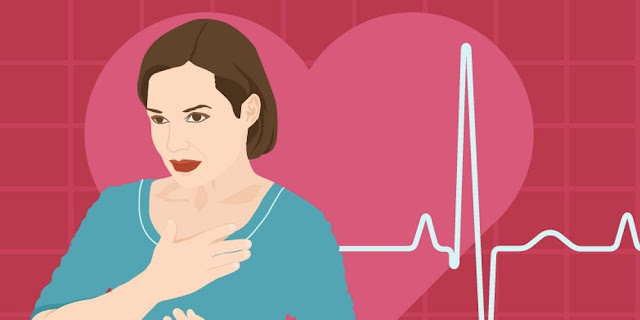What are the Symptoms of Heart Attacks in Women?
How does Heart
Disease affect Women?
Dr Sunny Handa Mississauga said
heart disease is the
number one cause of death in Canada for women over the age of 55. Women are
more likely to die from heart disease than from any other disease.
The clogging of blood vessels happens slowly. The
damage that it causes to the heart over time may make it harder to do everyday
activities.
Until
recently, research on heart attacks problems focused mainly or mostly on the men.
Dr Sunny Handa Mississauga said studies now show that
some of the symptoms of heart attacks in women are different from those in men.
Too
often, the signs of heart attacks go unnoticed in women (by themselves, their
family and their doctor). They may think that other health problems or drug
side effects are causing their symptoms or that the symptoms will go away on
their own. As a result, women don't always get the health care they need to
prevent complications or death from a heart attack.
Chest
pain is one of the most common symptoms in both sexes as described by renowned Dr Sunny Handa Mississauga, but women may also experience
these other symptoms:
- unusual
fatigue that gets worse with activity
- difficulty
breathing
- heartburn
that is unrelieved by antacids
- nausea
and/or vomiting that is unrelieved by antacids
- anxiety
- tightening
and pain in the chest that may extend into the neck, jaws and shoulders
- general
feeling of weakness
- paleness
- sweating.
Some
women may have few of these symptoms, while others may have all of them at the
same time, Dr Sunny Handa Mississauga said. Symptoms may suddenly
appear and then disappear. Also, women often report symptoms up to one month
before the heart attack. If a woman has any of these symptoms and thinks she
may be having a heart attack, she should immediately call the emergency or
go to the nearest emergency medical center.




Comments
Post a Comment